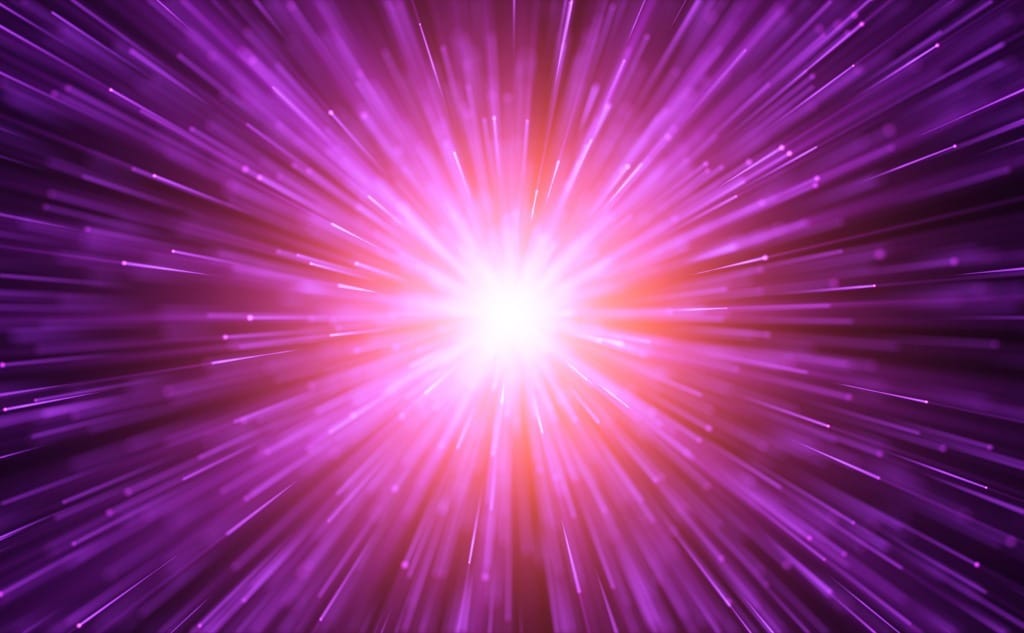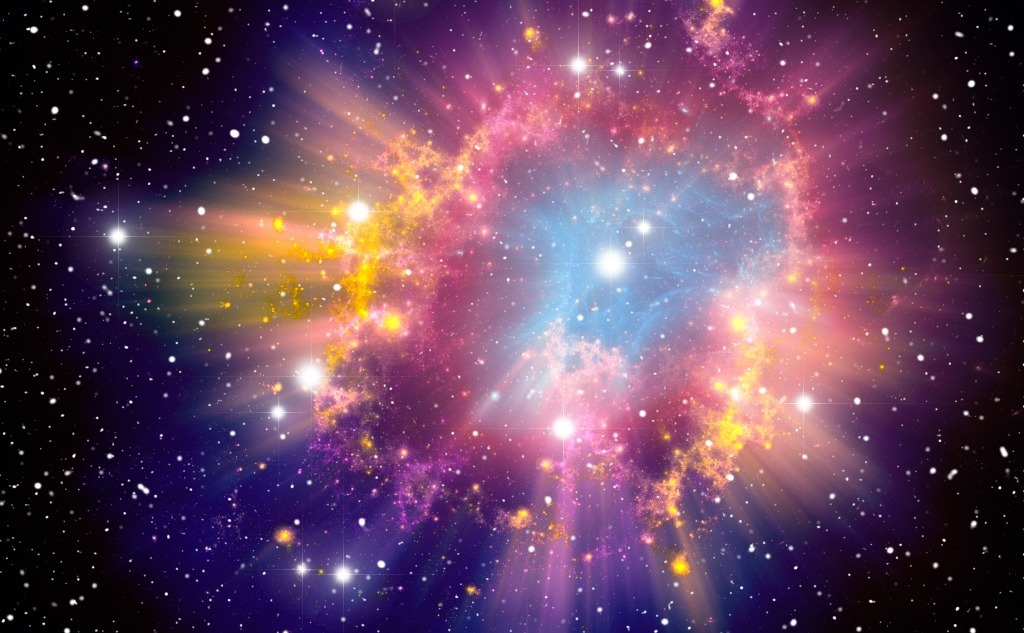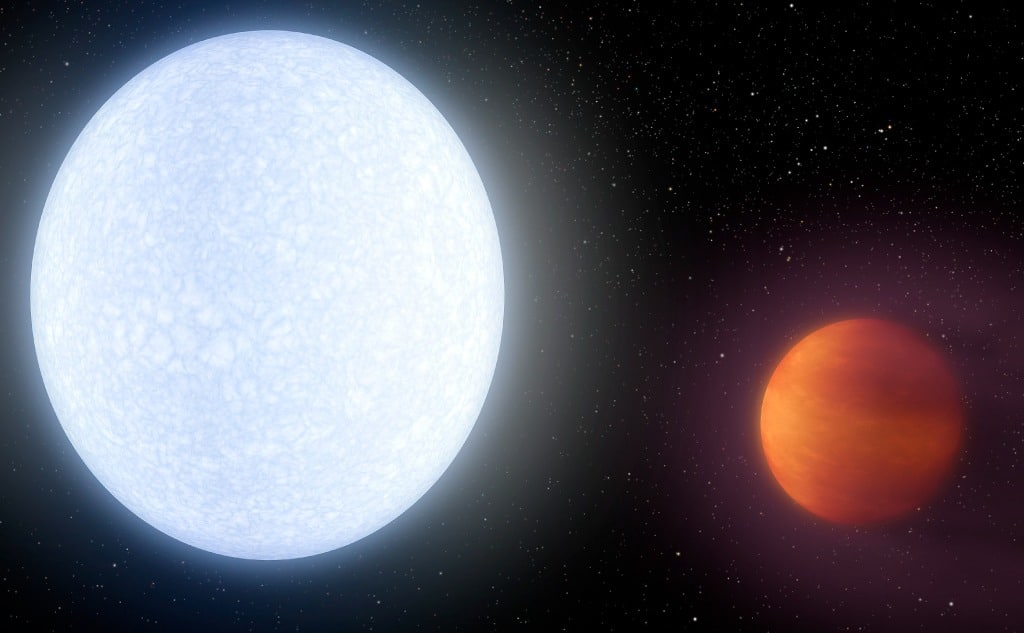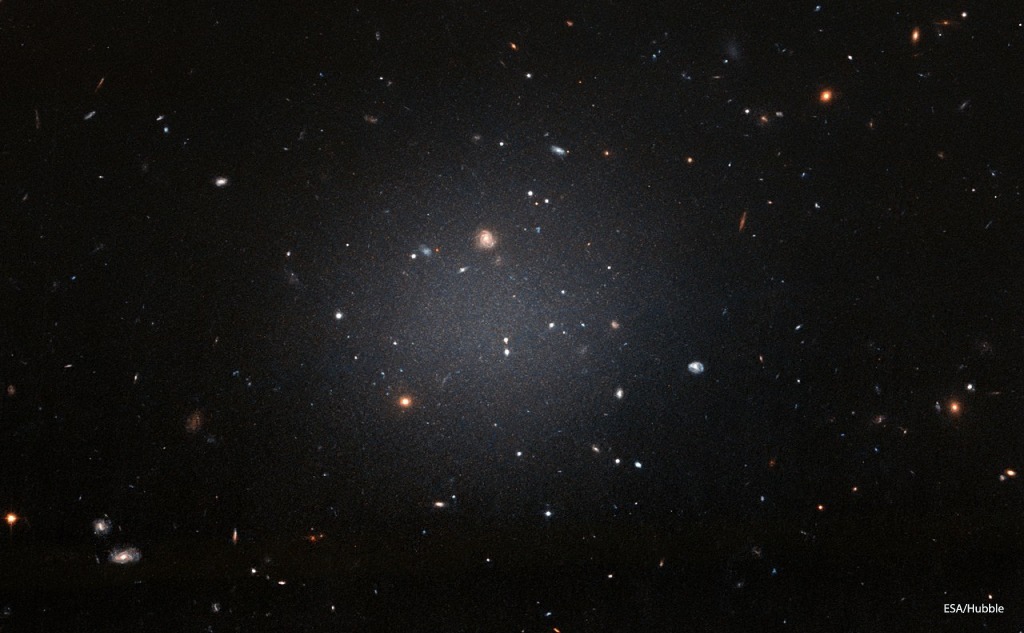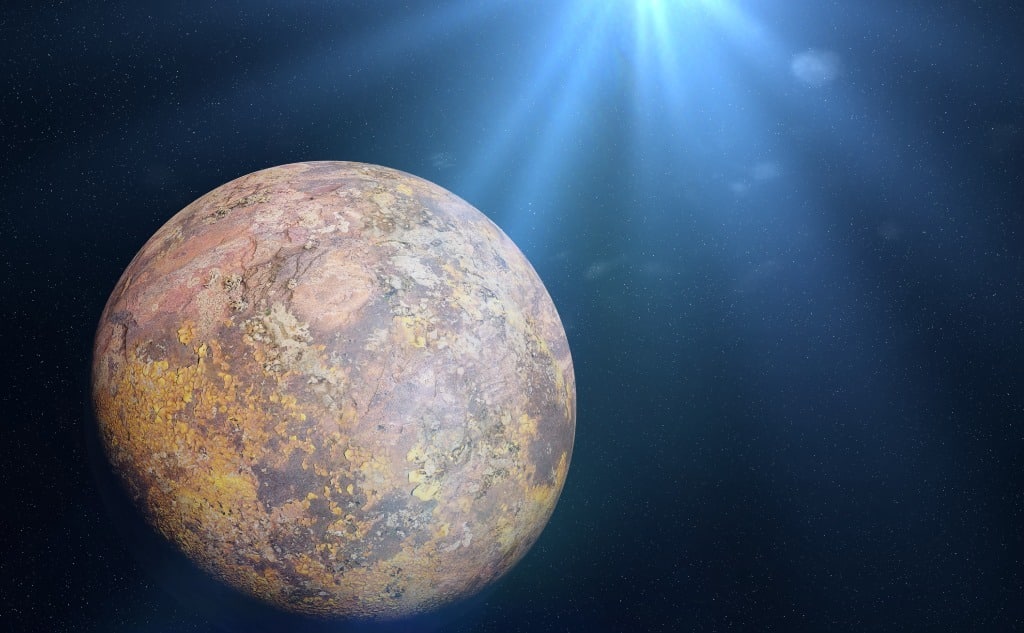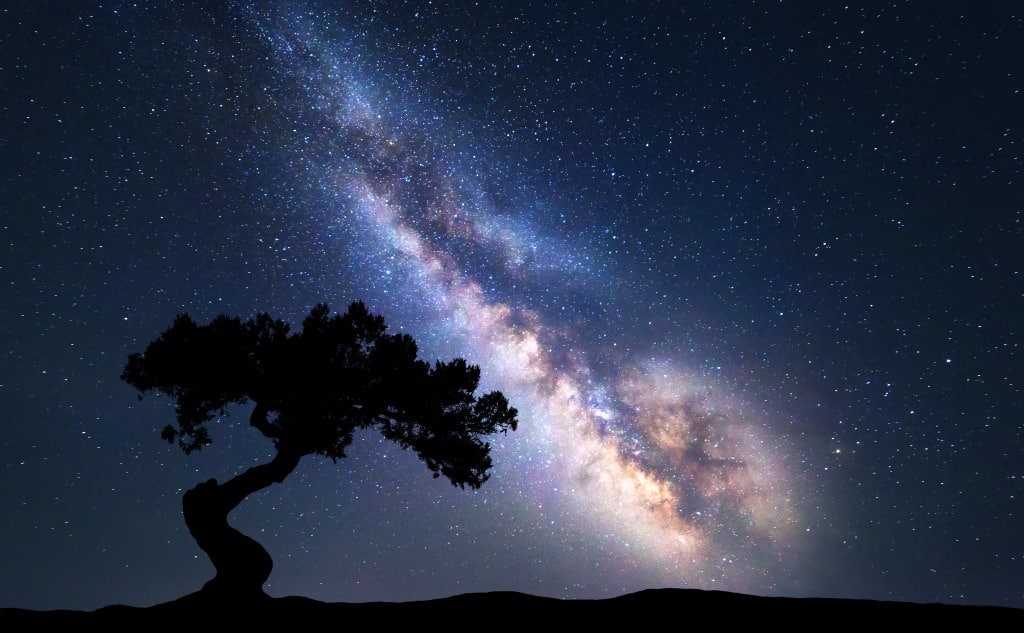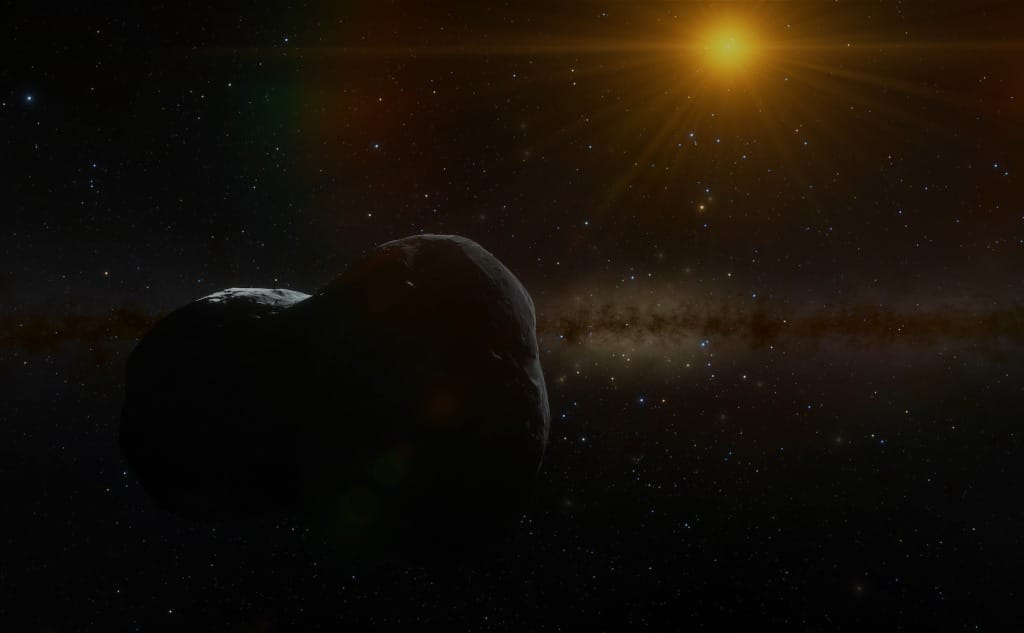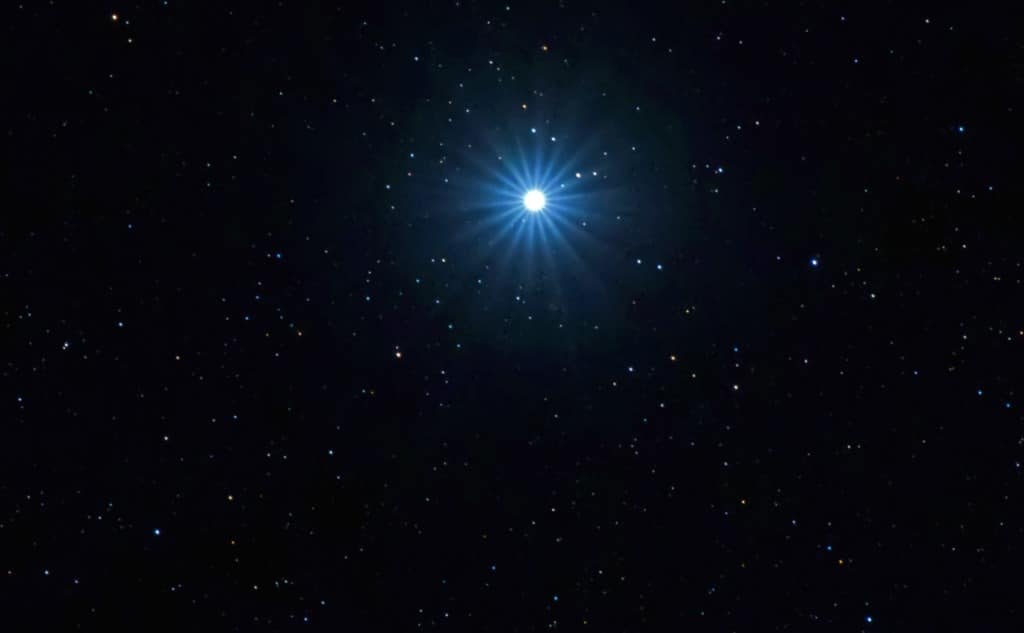6 Fascinating Facts About the Nucleosynthesis Era
These are 6 fascinating facts about the Nucleosynthesis Era. From 10-billion degrees Fahrenheit to our universe’s first star. If you want to learn 6 fascinating facts about the Era of Nucleosynthesis, this is the article for you. Let’s jump right in! #1 Still Hot, Hot, Hot Currently, the universe continues undergoing rapid “cooling.” However, we quote the term “cooling” because temperatures during the Era of Nucleosynthesis sit at 10-billion degrees Fahrenheit. Actually, compared to the big bang and following epochs, these temps truly are much colder. #2 Electrons Everywhere During the Era of Nucleosynthesis, basic atoms, like hydrogen have formed. In other words, atoms with single-proton nuclei. However, these nuclei are still so hot that electrons are unable to stick to the atoms. Ultimately, the universe has freely-floating electrons, flying aimlessly throughout space. #3 The Whole Universe Is the Sun’s Core During the Era of Nucleosynthesis, the universe was still amazingly hot and dense. In fact, our entire universe acted very similar to stars’ core, like our Sun. Plus, spooky things happen under such tremendous heat and pressure, like atoms smashing together to form different atoms. Actually, we still see this today within our Sun. It’s called nuclear fusion. #4 Nuclear Fusion Powers On Despite the universe cooling dramatically, atoms stay hot. In fact, the nuclei inside of atoms stays hot and pressurized enough for nuclear fusion to carry out. Therefore, hydrogen atoms with a single proton nucleus smash together to form heavier helium. Plus, trace amounts of even heavier elements arise, like lithium. #5 Still No Light… at All During nuclear fusion, photons of intense gamma radiation are generated. In fact, this also happens within the core of our Sun and all stars. Actually, these photons eventually escape the Sun’s core, flying out into space. We call this LIGHT. Except, light photons during the Era of Nucleosynthesis had nowhere to go. No matter which direction they float, only more dense, hot space exists. #6 The Perfect Star Recipe Finally, upon nucleosynthesis, our universe has a composition that resembles modern times. In other words, 75% hydrogen, 25% helium, and less than 1% trace elements, like lithium. Actually, these will eventually become the perfect ingredients to make our universe’s first stars.


